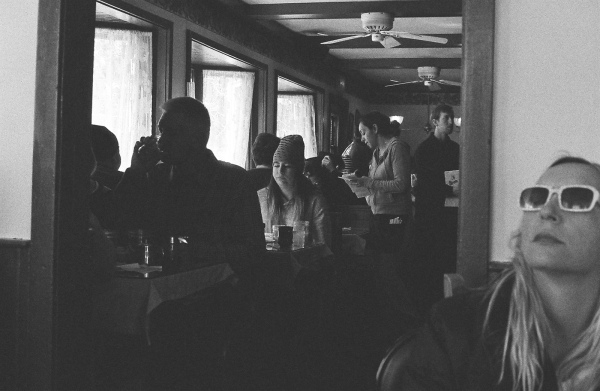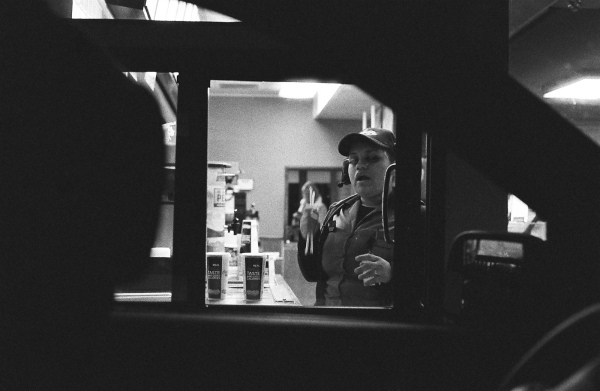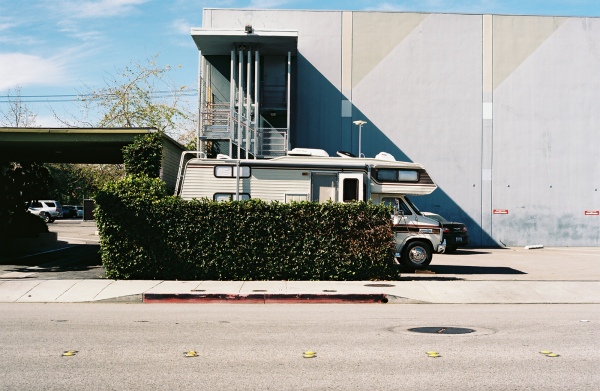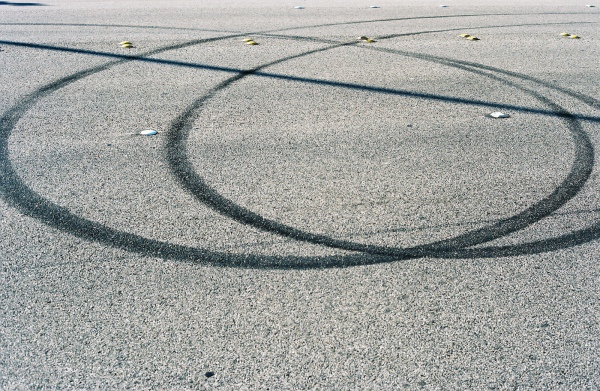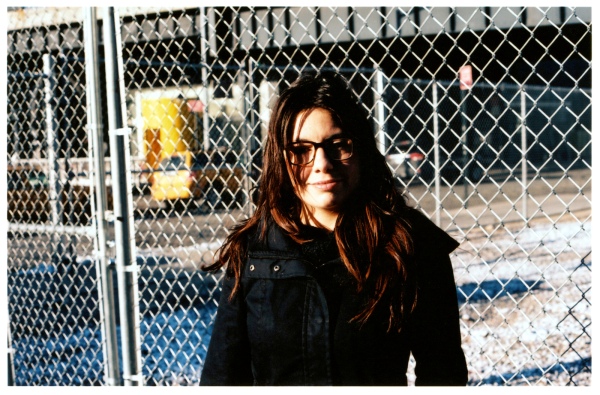My blog has moved to blog.tannerteale.com! Check it out!
Playing Outside: Performative Algorithms (for week 9 review)
Algorithms are everywhere. They hold things together: traffic signals, news feeds, toasters and scissors. Playing Outside is a series of explorations into the performance of algorithms in our daily lives. The work attempts to expose these immaterial structures by putting them on stage and perverting their intended purpose in order to reveal the fragility of ubiquitous systems. We hear about the algorithms that shape our online experiences, but what about the algorithms that shape our physical experiences? What are the potentials, poetics and limitations of the algorithms we encounter daily? What does it mean to understand them, and our interactions with them, as performance?
For the purpose of my thesis, I am using performance as a structure for perceiving an object, interaction, system, tool, idea or moment as active. Through performance, the relationships within a network are realized as the present. Algorithm is commonly defined as a process or set of rules to be followed in calculations or other problem-solving operations, while a formula, similarly to code, is a mathematical relationship or rule expressed in symbols. The definition of algorithm emphasizes the process itself, as an action, over the expression of an action. Using these definitions, it could be said that the performative version of a formula or code is an algorithm.
Playing Outside focuses on the performance of algorithms in our daily lives. The work uses code, UIs, objects and sensors to investigate algorithms, as a subject and a material, resulting in an exploration of outcomes. It is research into the space between an input and an output, into process and into causality. The inquiries apply performance to networks, offering new understandings of their relationships, revealing insights about our hybrid physical/digital world.
Code: A Material For Exploring Code
UPDATED 2/11/2013 @ 3:43pm PST
The below text is a general frame for my thesis work since week 1:
Algorithms have become widely discussed since the rise of digital computation. Examples such as Amazon’s “Customers Who Bought This Item Also Bought” make algorithms visible to the masses, associating them with computers. However, algorithms are not limited to computers, they are simply rules and instructions that process inputs, resulting in outputs.
My thesis uses code and algorithm as a material to investigate processes and relationships, inputs and outputs, cause and effect that are the result of other algorithms. Algorithms are scores, choreographies, instructions applied to inputs, the processing of which is a performance that yields and output. I write code to look at other code, like the algorithm for Google image searches, in order to reveal the potential, poetics, and limits of the equations we encounter daily. The work is an exploration of outcomes, research that focusses on the space between two things rather than a specific beginning or end. The inquiries I make through my work are not meant to identify the physical materiality of code or algorithms, but rather how they, as a moldable force, are used to shape the world.
“Performance” As Used By Me (2013_02_08)
1. Performance is a structure for perceiving an object, interaction, system, place, idea or moment in order to understand it as active, through its relationships.
2. Performance is a mode of existence that does not require a defined beginning or end.
3. Performance manifests as the realized potential of the components involved, resulting only, and always, in what it is, the present.
Text to Google Images
A study using Python to perform Google searches for each word in a text. The first image returned is added to a list. The images are presented in order, but the searched word is not shown.
Initially, I was thinking that a printed photo book would be an interesting form for this project for two reasons; 1) the type of imagery returned is not usually printed and challenges ideas of authorship, and 2) the juxtaposition of images at a slower pace than Tumblr feels as if there should be more reason behind pairs and sequences. I also think a screen saver could be an interesting medium, perhaps pulling text from recent emails or scraping open web pages.
Click here to see the results.
Algorithmic Translation
What happens when an input, as complex as language, is forced through multiple algorithms? What is lost? What is distorted? Algorithmic Translation explores this by feeding a source text through every language Google Translate offers alphabetically, returning to English each time, so the output of one is the input for the next. Once the text has been passed from Afrikaans all the way to Yiddish, and finally to English, the broken text serves as a documentation of the algorithm’s performance.
Click here to see Martin Luther King Jr.’s “I Have A Dream” speech performed by Google Translate.




